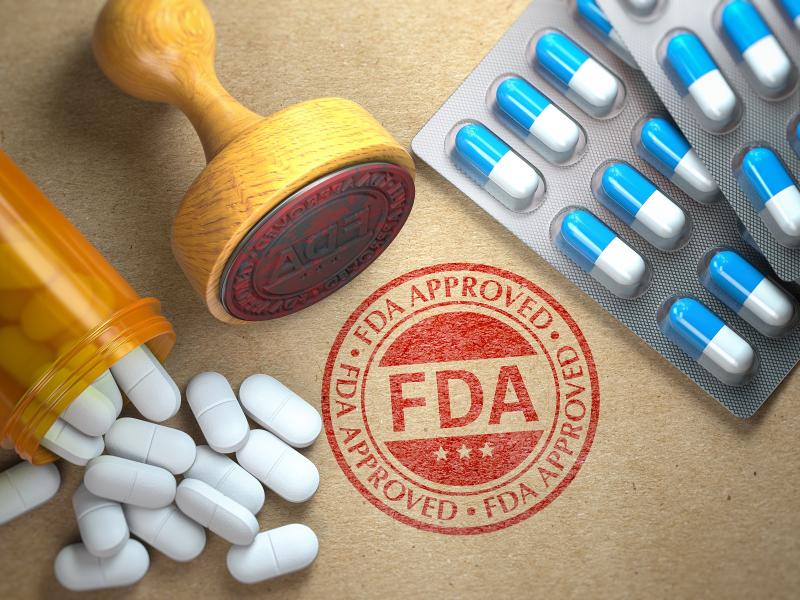
Article
What's in a (Drug) Name? How Medications Become Branded
Benadryl, Claritin, Mucinex and Tylenol sound like character names from a dystopian science fiction novel but are known globally as pharmaceutical products. These distinct terms evolve during a lengthy process where, for example, drug names go from L-proline, 4-cyclohexyl-1-[[[2-methyl-1-(1-oxopropoxy)propoxy](4-phenylbutyl)phosphinyl]acetyl] to Monopril.
How a Drug Gets its Name
Drug names in today’s pharmaceutical market are created in three classifications: a chemical name, a non-proprietary (or generic) name, and a brand (trade) name.
Chemical Name
The chemical name for a drug is based on the molecular structure of the compound’s active ingredients. As an example, ibuprofen’s chemical name is (2RS)-2-[3-(2-Methylpropyl)phenyl]propanoic acid. The International Union of Pure and Applied Chemistry created guidelines so pharmaceutical developers follow a standard format, one that typically begins with a number and/or letter—such as 2RS for ibuprofen. Following that identifier, chemical names will include a locant, multiplier, substituent prefix, root, and functional group suffix. To learn more about chemical names, click here.
Nonproprietary (Generic) Name
Once a chemical name has been established, pharmaceutical companies apply for regulatory approval to their national regulatory agency, such as the U.S. Food and Drug Administration or the U.K. Medicines & Healthcare products Regulatory Agency. During that process, a company also applies for a generic name with its country’s naming program–for example, the U.S. Adopted Name system or the Japanese Accepted Name system.
In addition, companies also apply for an International Nonproprietary Name through the World Health Organization. This helps prevent prescription errors by establishing one generic name for a drug globally.
Brand/Trade Name
When development, testing, and regulatory institutions have approved a generic name, pharma companies give the drug a trade name. Because of the proprietary nature of brand name development, there is little evidence to support a common approach to branding a drug. However, in the United States, the U.S. Adopted Names Council (USANC) has a list of “stems” that provide chemical and/or pharmacologic parameters that must be followed. You can access the list here.
Generally speaking, pharma companies must adhere to these guidelines when creating a brand name:
- Avoid "prefixes that imply 'better,' 'newer,' or 'more effective;' prefixes that evoke the name of the sponsor, dosage form, duration of action or rate of drug release should not be used."
- Avoid "prefixes that refer to an anatomical connotation or medical condition are not acceptable."
- Avoid “certain letters or sets of letters at the beginning of new generic names, including me, str, x, and z.”
The USANC’s top priority is patient safety by avoiding similarities among pharmaceutical names that could potentially result in mis-prescribing medications. Creating names that are memorable and distinguishable is important to achieving that goal.
To support this effort, the U.S. Food and Drug Administration is studying the effect of drug names on physician and patient perceptions, hoping to gain insight into how pharma companies can better market their drugs safely and effectively with appropriate names.
If you are looking for an effective way to connect your product’s unique and memorable name to healthcare professionals seeking information, Elsevier has the advertising options to help build your brand’s credibility, and reach professionals in almost any specialty.
Article Written by: Alex Brown


